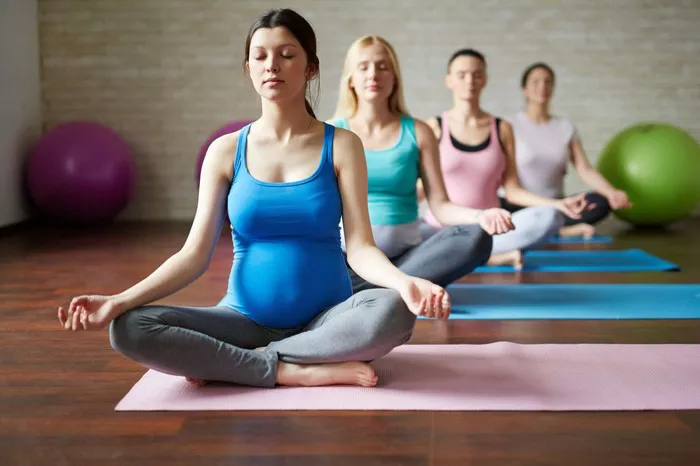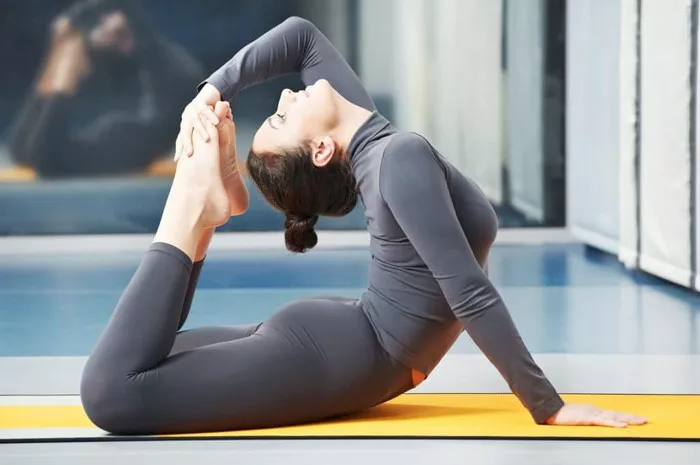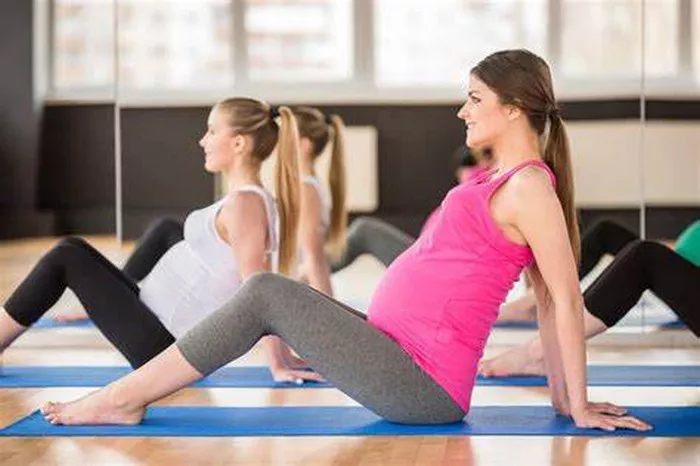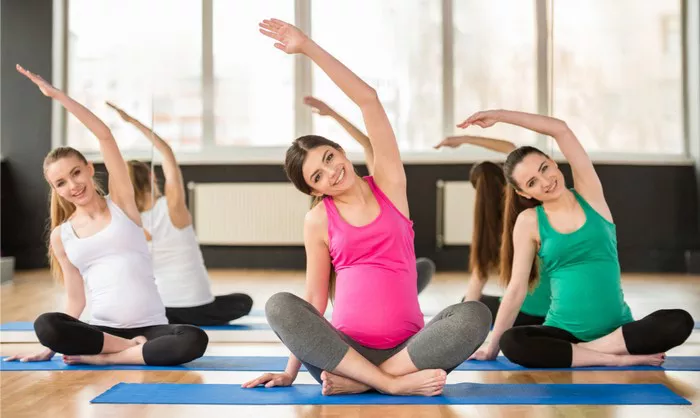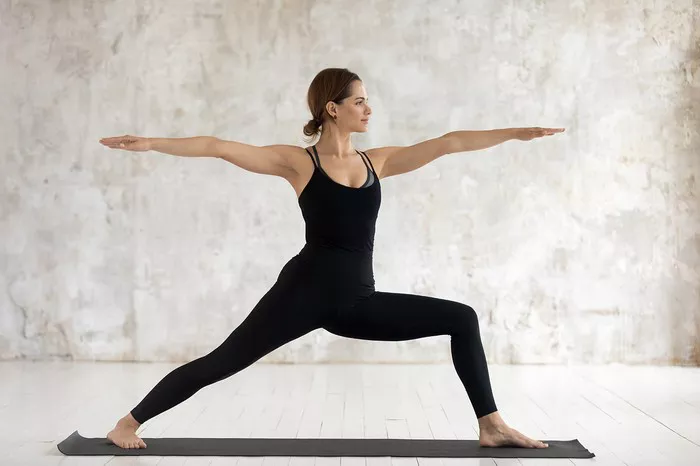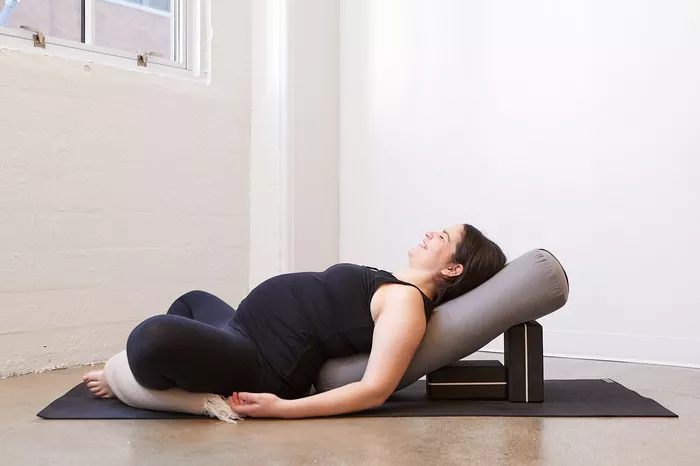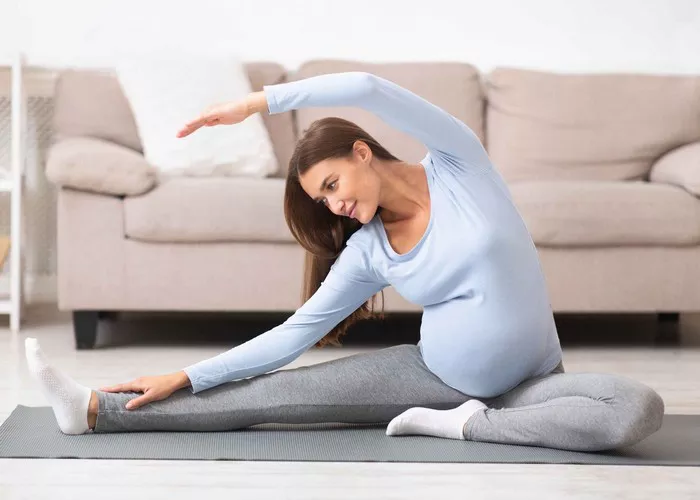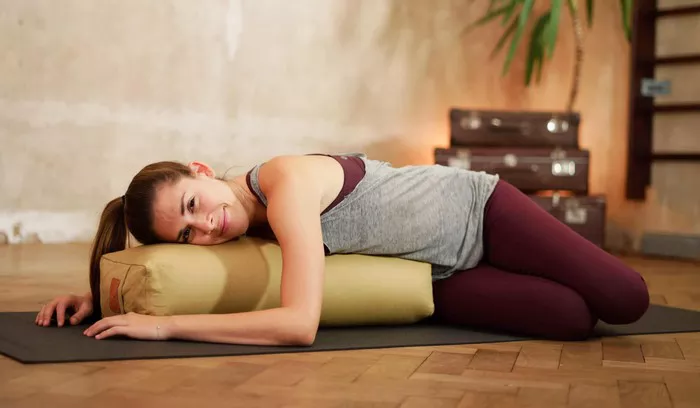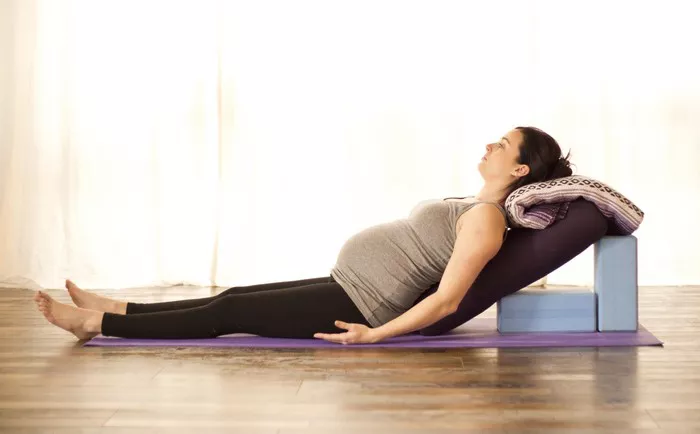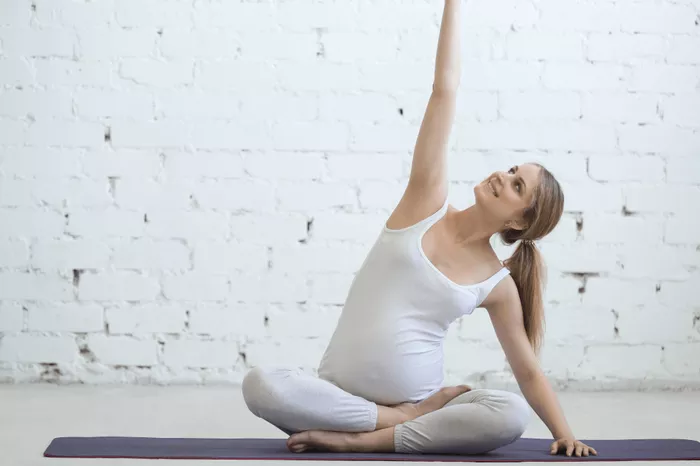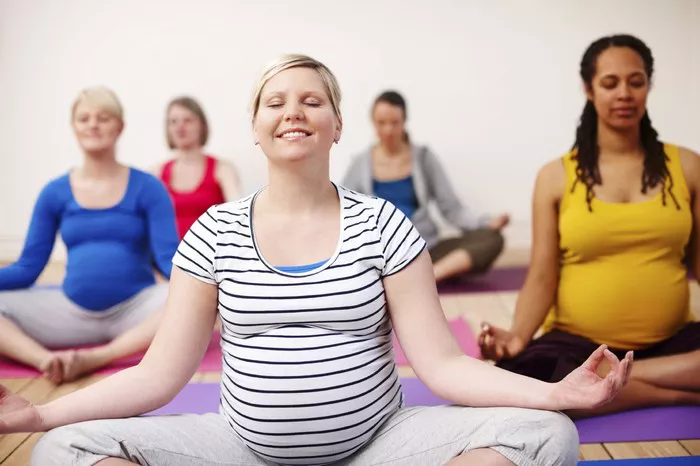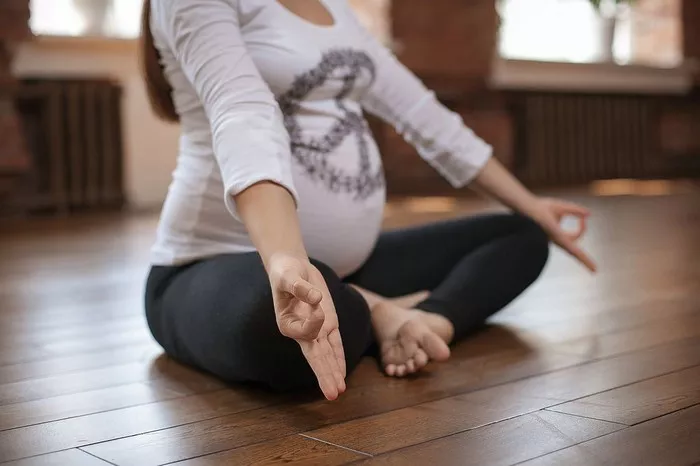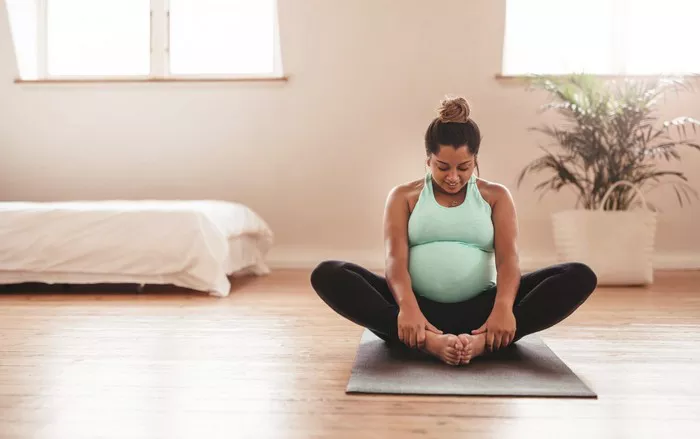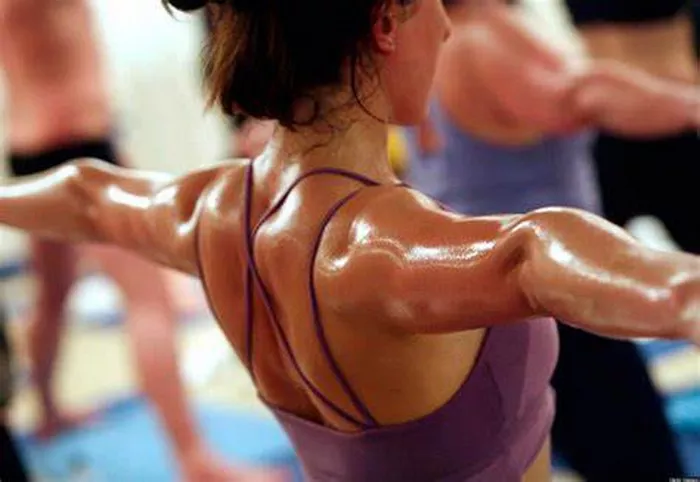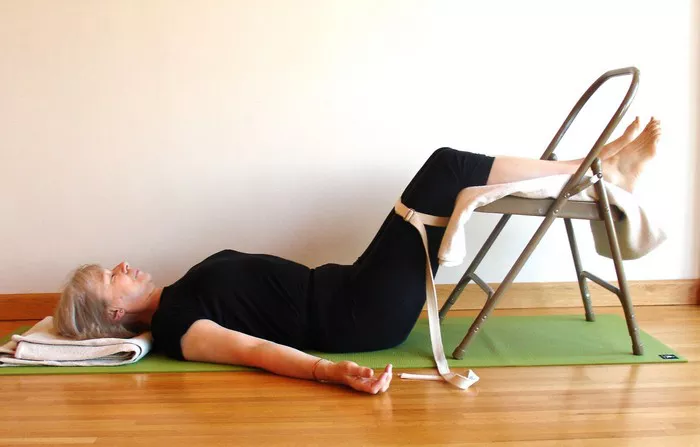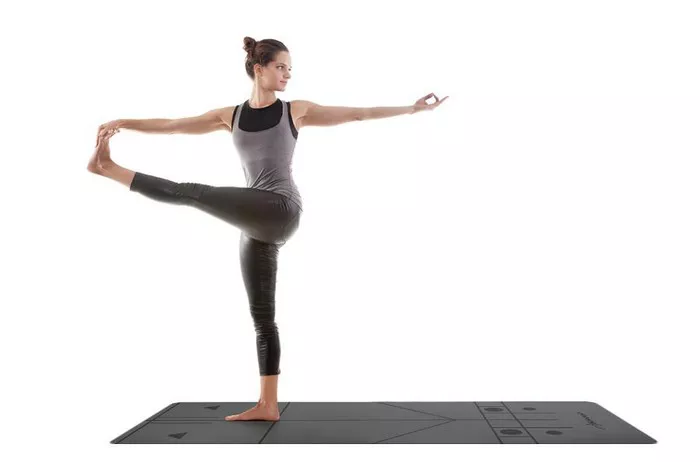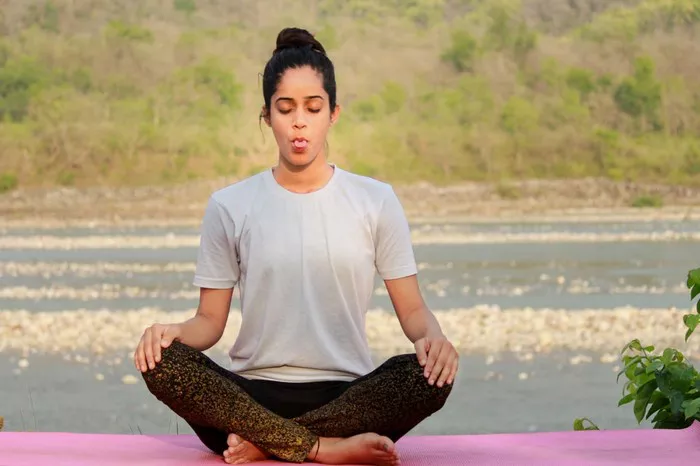Yoga is a practice that encourages mindfulness, flexibility, strength, and balance. Among the many poses in yoga, one that frequently sparks questions and concerns is Upward Dog (Urdhva Mukha Svanasana). This backbend, which is often practiced as part of a sun salutation, is known for its ability to stretch the chest and spine, while also strengthening the arms, shoulders, and core. However, despite its many benefits, some practitioners question whether Upward Dog is safe for the back.
In this article, we will explore the potential benefits and risks of Upward Dog, identify the muscle groups involved, and discuss whether this pose could be detrimental to the back under certain conditions. By the end of this discussion, you’ll have a clearer understanding of when and how to incorporate Upward Dog into your practice safely and effectively.
Understanding the Upward Dog Pose
Upward Dog is a dynamic backbend where the body is positioned in a low to mid-level arch, with the chest open and the arms extended straight. The palms are placed flat on the mat, directly beneath the shoulders, while the tops of the feet press into the floor. The legs are generally kept straight and hover above the floor, with the chest and pelvis lifted to create a deep stretch across the front of the body.
This pose is commonly included in Vinyasa flow sequences, often following the Cobra pose (Bhujangasana) and preceding the Downward Dog pose (Adho Mukha Svanasana). Upward Dog requires both flexibility and strength in the spine, shoulders, and core, and it can offer a variety of physical benefits when practiced properly.
The Benefits of Upward Dog for the Back
Upward Dog has the potential to provide several benefits for the spine and back muscles when performed correctly:
Spinal Extension and Flexibility: The primary benefit of Upward Dog is the stretch it provides for the spine. As the chest opens and the spine extends, the pose helps improve spinal flexibility. Regular practice of this backbend can counteract the forward-slumping posture that many people adopt throughout the day, especially with the prevalence of sitting for long periods at desks or in front of screens.
Strengthening of Back Muscles: While Upward Dog involves a deep stretch, it also strengthens several key muscles in the back. The lower back, in particular, is engaged to stabilize the torso as the chest lifts. The glutes, shoulders, and arms are also engaged to support the movement, promoting overall strength in the posterior chain.
Improved Posture: By increasing the flexibility of the spine and strengthening the back muscles, Upward Dog can be an excellent pose for improving posture. The chest-opening effect can help reduce tension in the shoulders and upper back, leading to a more upright and balanced posture.
Counteracting the Effects of Sitting: Modern life often involves a significant amount of sitting, which can cause the muscles of the chest and spine to become tight and weak. Upward Dog helps reverse some of these effects by stretching the chest and strengthening the back muscles, thus improving overall flexibility and strength.
Increased Energy and Mental Clarity: As with many backbends, Upward Dog can help invigorate the body and mind. The pose opens the chest and encourages deep breathing, which can lead to increased oxygen flow and a sense of rejuvenation. Additionally, the chest expansion in this pose can help promote better lung capacity, which benefits overall health and energy levels.
How Upward Dog Affects the Spine and Back
To understand whether Upward Dog is good or bad for your back, it’s important to look at how the pose affects the spine and the surrounding muscles. The main goal in this pose is to create a gentle backbend, which requires the spine to extend (or arch backward) while maintaining a neutral pelvis.
Lumbar Spine (Lower Back): In a properly executed Upward Dog, the lumbar spine should remain in a neutral position with only a gentle arch. The pose should not put excessive strain on the lower back. However, if you overarch the lower back or do not engage the core properly, it can lead to compression in the lumbar region, potentially causing discomfort or injury.
Thoracic Spine (Mid-Back): The thoracic region of the spine (mid-back) should also be involved in the arching motion. Proper engagement of the upper back muscles, especially the shoulder blades, helps lift the chest without relying too much on the lower back.
Cervical Spine (Neck): While the pose requires the chest to lift, the neck should not be excessively craned. The head should remain in a neutral position, with the gaze either forward or slightly upward. Craning the neck backward to look at the ceiling can lead to unnecessary strain in the cervical spine, resulting in neck discomfort.
Pelvic Positioning: A critical element of Upward Dog is maintaining proper pelvic positioning. The pelvis should not collapse toward the floor, as this can increase the pressure on the lower back. Instead, the glutes should be engaged to support the pelvis and prevent overextension in the lumbar spine.
Common Mistakes in Upward Dog and Their Impact on the Back
Despite its many benefits, Upward Dog can lead to discomfort or even injury if performed incorrectly. Below are some common mistakes that can affect the back:
Overarching the Lower Back: If you allow your lower back to overarch without engaging your core, you place excessive pressure on the lumbar spine. This can lead to pain, discomfort, and potentially long-term damage to the discs or muscles of the lower back.
Lifting Too High: While it may be tempting to lift the chest as high as possible, this can lead to excessive pressure on the spine. The goal should be to create a balanced arch, not a deep bend. Lifting too high can cause discomfort in the lower back and may strain the neck as well.
Not Engaging the Core: The core plays an essential role in stabilizing the spine during backbends. If the core muscles are not engaged, the back will bear too much of the load, leading to strain. It is essential to engage the abdominal muscles and avoid letting the pelvis drop too far toward the floor.
Hyperextension of the Neck: It’s common for practitioners to tilt the head back too far in Upward Dog, looking upward at the ceiling. This can create strain in the neck, particularly in the cervical spine. Instead, the neck should stay in line with the spine, with the gaze gently forward or slightly upward.
Neglecting Proper Foot Placement: The feet should press into the mat with the tops of the feet flat. If the feet are not properly grounded, the position of the pelvis and spine may become misaligned. This can affect the overall integrity of the pose and increase the likelihood of back pain.
Is Upward Dog Safe for People with Back Issues?
For individuals with pre-existing back conditions, such as herniated discs, sciatica, or general lower back pain, it is important to approach Upward Dog with caution. Depending on the severity of the condition, this pose could either help alleviate discomfort or exacerbate symptoms.
If you suffer from lower back pain, consider the following recommendations:
Consult a Healthcare Professional: Always check with a doctor or physical therapist before attempting poses like Upward Dog if you have any serious back issues.
Avoid Excessive Arching: If you have a sensitive lower back, focus on engaging the core and minimizing the arch in the lower back. You may also prefer a gentler backbend like Cobra pose, which is a more accessible alternative.
Use Props for Support: You can modify the pose by using props, such as placing a block under your pelvis to reduce the strain on your lower back.
Practice Mindful Alignment: Focus on engaging the muscles of the back, arms, and core to support the movement. Avoid forcing the chest too high and keep your pelvis aligned with the rest of your body.
Alternatives to Upward Dog
For those with back issues or who simply prefer a gentler approach, there are several alternative poses that can provide similar benefits without the strain of a deep backbend:
Cobra Pose (Bhujangasana): Cobra is a gentler backbend that focuses on the chest opening and spinal extension, without requiring the same level of back strength as Upward Dog. In Cobra, the pelvis remains on the floor, reducing the pressure on the lumbar spine.
Sphinx Pose: Sphinx pose is a mild backbend where the forearms are on the floor, and the chest is lifted. This pose provides a similar stretch for the chest and spine while being gentler on the lower back.
Child’s Pose (Balasana): If you need to counteract the effects of a backbend, Child’s Pose is a great restorative option that stretches the back gently and allows for relaxation.
Conclusion
Upward Dog can be a valuable addition to a yoga practice, offering a combination of strength and flexibility benefits for the spine and back muscles. However, as with any yoga pose, it’s essential to practice proper alignment to avoid strain or injury. For most practitioners, Upward Dog is not inherently bad for the back, but it can be problematic if performed incorrectly or if you have specific back issues.
The key to safely practicing Upward Dog lies in proper alignment, mindful engagement of the core, and being attuned to your body’s needs. If you have any concerns about your back or are new to yoga, consider consulting with a yoga instructor or healthcare professional who can provide personalized guidance on how to perform this pose safely.
By practicing awareness, listening to your body, and modifying as necessary, you can enjoy the many benefits that Upward Dog has to offer while keeping your back safe and healthy.
Related Topics:

